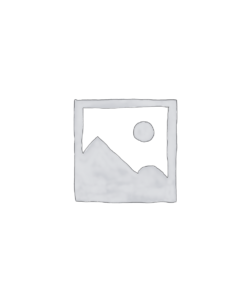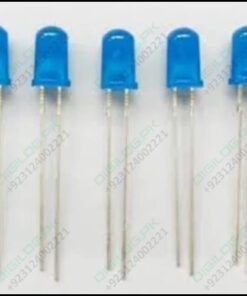-
×
 3mm Red Led Super Bright Crystal Type
1 × ₨2
3mm Red Led Super Bright Crystal Type
1 × ₨2 -
×
 Iphone 14 Pro 50w Usb-c+c Power Adapter With Usb-c To Lightning Cable (high Copy)
1 × ₨4,900
Iphone 14 Pro 50w Usb-c+c Power Adapter With Usb-c To Lightning Cable (high Copy)
1 × ₨4,900
Subtotal: ₨4,902




















Reviews
There are no reviews yet.